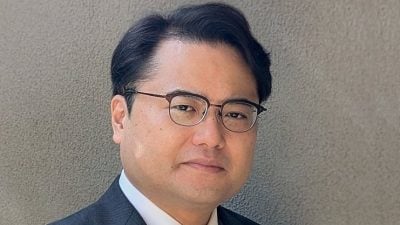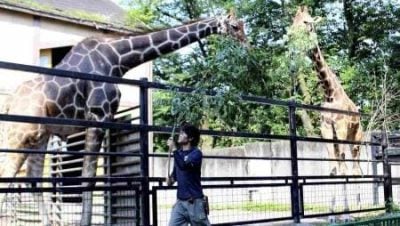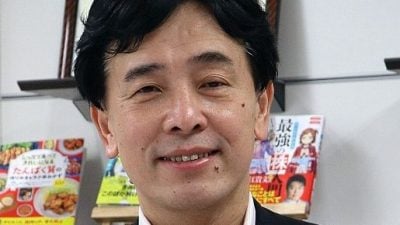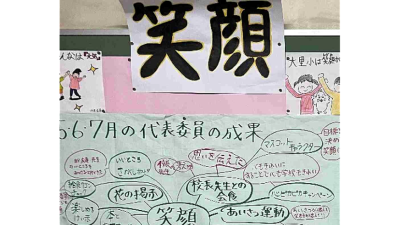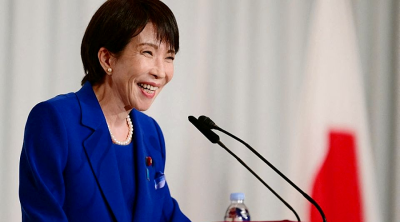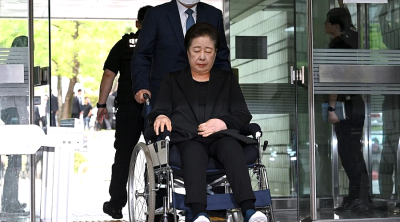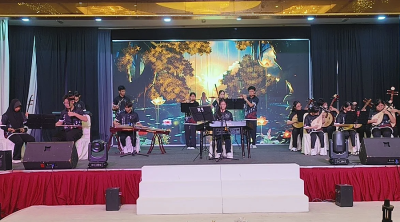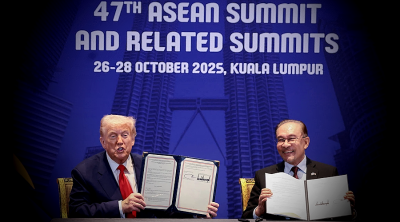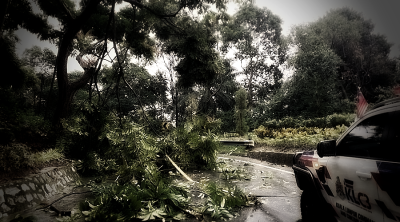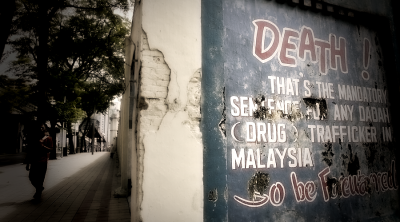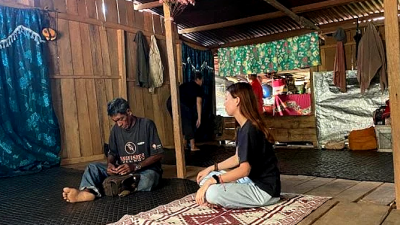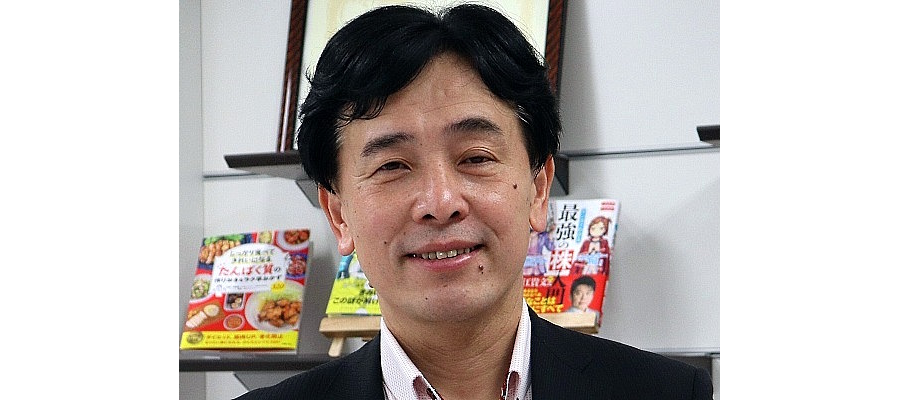
Asia is both the center of the global economy and the region most frequently struck by natural disasters.
According to EM-DAT—The International Disaster Database at the Centre for Research on the Epidemiology of Disasters (CRED), University of Louvain (UCLouvain) in Belgium—there were 7,348 natural disasters worldwide over the 20-year period from 2000 to 2019.
Asia recorded the highest number of events, with 3,068, and eight of the ten countries with the most affected people were Asian nations.
Japan is particularly prone to disasters, including earthquakes, typhoons, and heavy rains. However, it is precisely this harsh environment that has fostered Japan’s “learning-based resilience.”
Each time a disaster strikes, the nation reviews its legal systems, updates its technologies, and conducts training and educational programs throughout society.
This process embeds the “capacity to prepare” as a cultural norm. This process lays the groundwork for Japan’s high level of safety and reliability—qualities that encompass not only technological excellence but also the integrity of its institutions and the maturity of its social practices.
With climate change further exacerbating this risk, Japan and ASEAN must collaborate to create a “disaster-resilient Asia.” This is a top priority for achieving growth and safety.
In line with the “Glasgow Climate Agreement” at COP26 in 2021, ASEAN countries have set carbon neutrality and net zero as their national goals.
Japan’s leadership through the Asia Zero Emission Community (AZEC) provides a platform for regional decarbonization cooperation, in which Japan, ASEAN, Australia, and other partners promote diverse transition pathways toward sustainable growth and energy security.
This shift demonstrates Asia’s evolution from being the “world’s workshop” to becoming a “region for sustainable growth.”
However, ASEAN countries face common challenges: adapting to climate change, a lack of technology and funding, and disparities in institutional implementation capabilities. This is precisely where Japan and ASEAN can collaborate.
Japan’s experience can be applied to Asia’s future
Japan’s strength does not lie solely in its disaster prevention infrastructure and technology. Rather, it lies in its comprehensive framework that integrates disaster prevention into economic activity through systems, standards, finance, and human resource development.
For instance, business continuity plans (BCPs) have become essential to corporate management, and local governments and companies have embraced the practice of collaborating to conduct disaster prevention drills.
This “culture of disaster prevention rooted in society” is an asset that can contribute to the sustainable growth ASEAN countries are striving for, and can strengthen the credibility of “Made with Japan” as a trusted model of partnership in Asia.
Rather than Japan simply providing assistance and technology through ODA, it is important for Japan and ASEAN to “co-create,” combining their strengths to generate new value.
To develop disaster prevention and resilience as a new industrial sector, three integrated pillars should be promoted—standardization, finance, and operation—that together can turn disaster prevention into an exportable industry.
1. Standardization
Develop performance standards jointly for earthquakes, floods, business continuity, and so on. Then, disseminate these standards globally as “ASEAN-originated disaster prevention standards.”
It is important to share Japan’s technical and design expertise while creating practical standards suited to ASEAN sites.
This will improve the quality of public and private projects in the region and boost the international competitiveness of ASEAN companies.
2. Finance
Design frameworks jointly that offer preferential insurance premiums and long-term financing for projects that meet disaster prevention and environmental standards.
A system that quantifies disaster risk using Internet of Things (IoT) and satellite data and incorporates this information into investment decisions can also attract private capital.
Creating a common regional system of “Resilience Finance” will enable sustainable disaster prevention investment that is not dependent on government budgets.
3. Operation
Create a regional disaster prevention model that operates autonomously by combining urban planning, disaster prevention education, evacuation drills, and data sharing.
Introducing performance-based contracts (PBCs) and setting compensation based on indicators such as facility operation rate and recovery speed will enable the public and private sectors to collaborate toward shared goals.
This will transform infrastructure development from a simple construction project into an industry that continues to function.
Toward a partnership based on trust
Japan’s experience with combining “technology, systems, and operations” can contribute to resolving ASEAN’s challenges in practical ways.
Co-creation, not aid, is key. True partnership is based on trust and combining knowledge and resources to build a framework for mutual growth.
Disaster prevention is not a cost but an investment—a public good that, if well-designed, can even become an exportable asset.
Through disaster prevention and decarbonization initiatives, resilience can create jobs, stabilize regional economies, and cultivate cross-border markets.
This is precisely the “Asian model that balances growth and security,” and Japan is a trusted collaborative partner with the experience to make it real.
Asia’s strength lies in its diversity and solidarity. When countries with different cultures and systems collaborate to address common challenges, a model emerges that the world can learn from.
Japan and ASEAN’s collaboration on “disaster prevention and decarbonization” is an investment in the future, not just disaster prevention. It is a blueprint for growth built on trust.
The time is now for Asia to pool its wisdom and usher in an era of “preparing together, advancing together.”
(Seiya Sukegawa is Professor at the Faculty of Political Science and Economics, Kokushikan University, Japan, and Visiting Professor, Thai-Nichi Institute of Technology, Thailand.)
ADVERTISEMENT
ADVERTISEMENT






